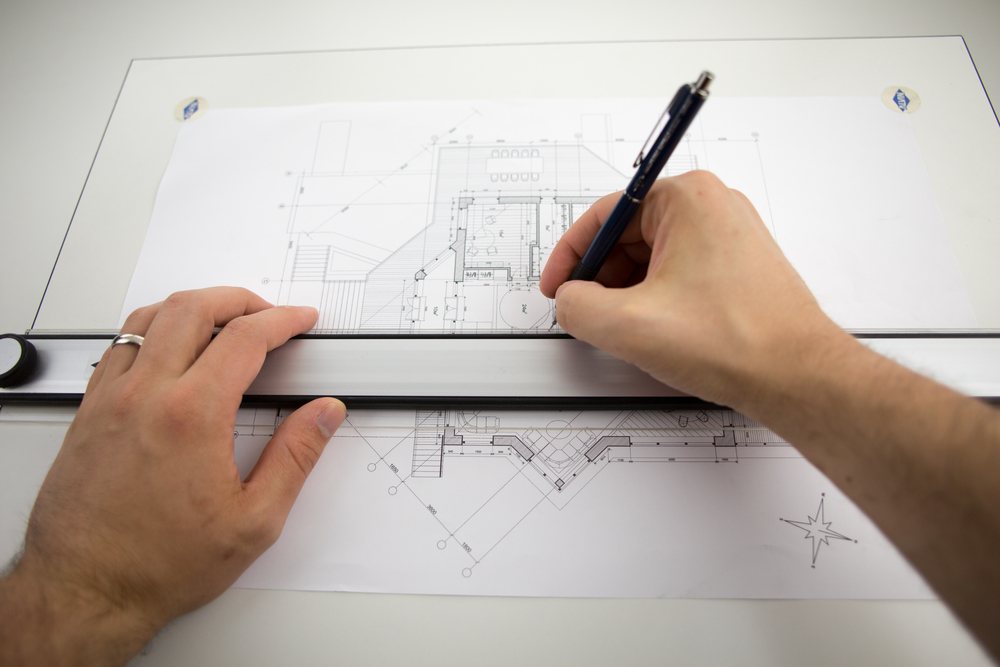(from a GC, no less!)"Column center lines are imaginary, please send drawings that dimension from the edge of the foundation."
Tuesday, April 26, 2016
What The... : an ongoing series
Thursday, April 14, 2016
On Practice: Climbing the Data Mountain
This is the second in the "On Practice" series - see the first entry here: On Practice: A Fistful of Notebooks
So you've got your project notebooks and your pens and your sticky flags. You're ready to keep your own notes organized - first milestone on the Data Mountain path cleared. Now let's look at how to manage the project files.
I had the very good fortune to work under an extremely organized project architect when I started working full time after graduating architecture school. I still use his methodology (with some minor tweaks and customizing) to keep project files in order, but each office will be a little (or sometimes a lot) different. He was the senior associate, so he oversaw most of the projects in the office and was in a position to make sure his standards were enforced - not always the case!
So you've got your project notebooks and your pens and your sticky flags. You're ready to keep your own notes organized - first milestone on the Data Mountain path cleared. Now let's look at how to manage the project files.
I had the very good fortune to work under an extremely organized project architect when I started working full time after graduating architecture school. I still use his methodology (with some minor tweaks and customizing) to keep project files in order, but each office will be a little (or sometimes a lot) different. He was the senior associate, so he oversaw most of the projects in the office and was in a position to make sure his standards were enforced - not always the case!
Where do you start if you're the one setting the standards?
Tuesday, April 12, 2016
On Practice: A Fistful of Notebooks
I started working in an architecture firm in 2003.
It was a tiny residential firm; just the principal, one employee, and one intern (me). Because it was so very small, this office was still using some fairly antiquated technology, including parallel rules, a typewriter, Letraset, and an ammonia printing machine with that UV-light-sensitive paper (!!). |
| Parallel Rule - check out those drafting dots! |
 |
| Letraset - the coolest and most tedious lettering method imaginable. |
Subscribe to:
Posts (Atom)
